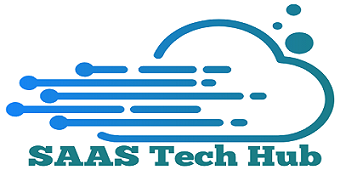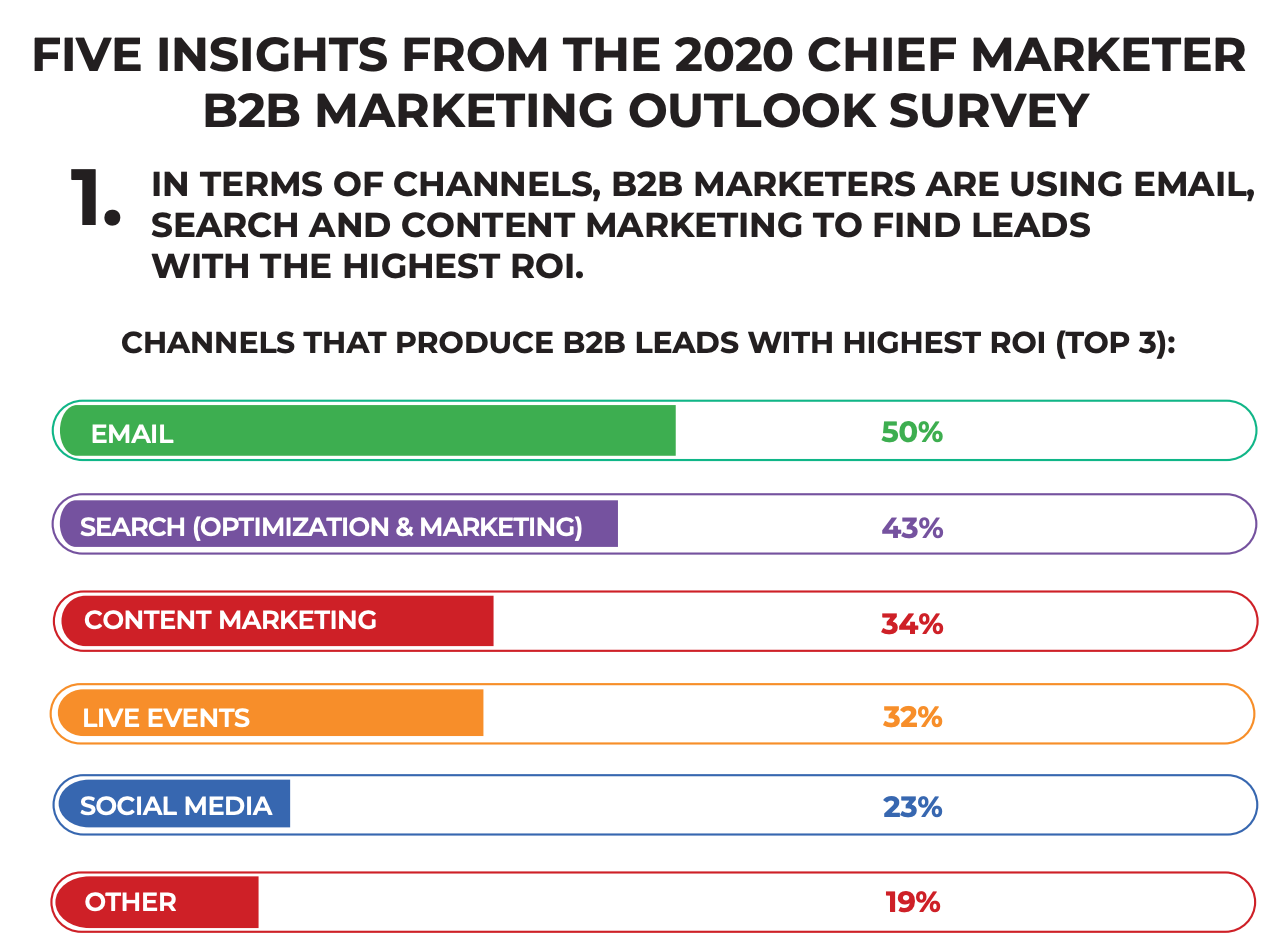Effective email marketing involves creating engaging content and targeting the right audience. This strategy helps businesses build relationships and drive sales.
Email marketing is a powerful tool for businesses of all sizes. It allows you to connect directly with your customers. But, to be successful, you need to know how to do it right. Creating compelling emails, knowing when to send them, and understanding your audience are key.
This blog post will guide you through the essential steps for effective email marketing. You will learn to craft emails that get opened, read, and lead to action. Ready to boost your email marketing skills? Let’s dive in!
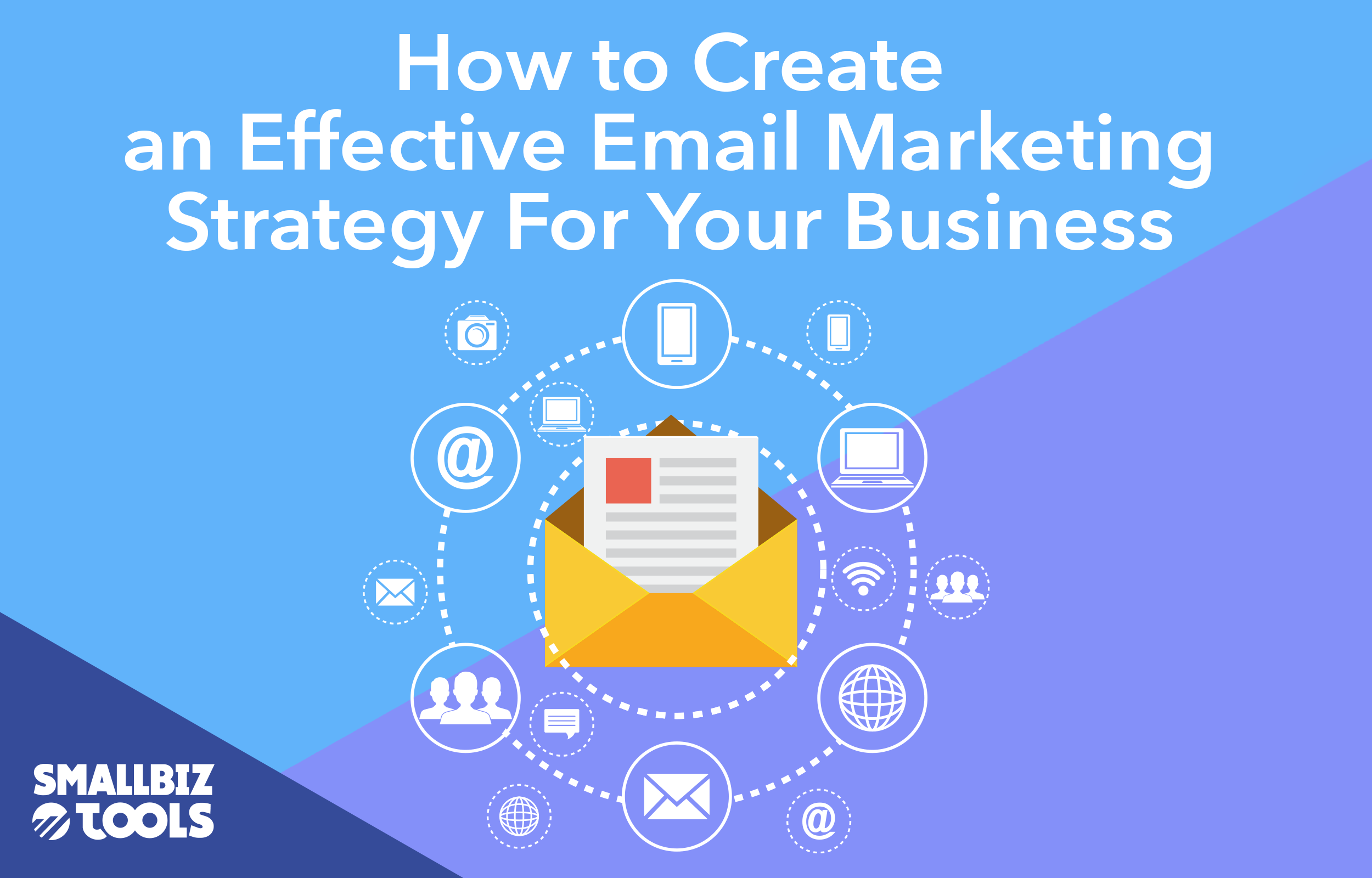
Credit: smallbiz.tools
Introduction To Email Marketing
Email marketing is a powerful tool in the digital marketing world. It helps businesses connect with their audience directly. This section will introduce you to the basics of email marketing. You will learn why it is important and how it compares to other digital strategies.
Importance Of Email Marketing
Email marketing has many benefits. It allows you to reach your audience in their inbox. This is a place where they check daily. Emails can be personalized. This makes your messages more relevant to the recipient. It is cost-effective. You do not need a big budget to start. The return on investment (ROI) is often high. This means you get more value for your money.
Emails can drive traffic to your website. They can also boost sales. You can use email marketing to build relationships. Your audience will trust you more over time. This trust can lead to long-term customers. It is also easy to measure. You can track open rates and click rates. This data helps you improve your strategy.
Email Marketing Vs. Other Digital Strategies
There are many digital marketing strategies. These include social media, SEO, and paid ads. Each has its benefits. But email marketing stands out. Social media platforms change their algorithms often. This can affect your reach. With email marketing, you own your contact list. You are not at the mercy of platform changes.
SEO helps with organic traffic. But it takes time to see results. Email marketing can deliver quick results. Paid ads require a continuous budget. Once you stop paying, the ads stop. Emails can continue to bring in results over time. Each email campaign can be used again. This makes it a lasting strategy.
Building An Email List
Building an email list is crucial for effective email marketing. It’s the foundation of your email campaigns. A strong list helps you reach more potential customers. It also ensures you are targeting interested individuals.
Opt-in Strategies
Opt-in strategies are essential for growing your email list. Encourage visitors to subscribe through engaging methods. Use pop-ups on your website. These can prompt visitors to sign up. Place sign-up forms in visible areas. Add them to your homepage or blog posts. Offer easy ways for users to join your list. Make the process quick and simple.
Lead Magnets
Lead magnets attract subscribers by offering value. They are incentives for users to join your email list. Provide a free e-book or guide. Offer a discount code for first-time subscribers. Share exclusive content or resources. Ensure the lead magnet is relevant to your audience. It should solve a problem or meet a need. Keep the lead magnet high-quality. It reflects your brand and builds trust.
Segmenting Your Audience
Segmenting your audience is crucial for effective email marketing. It helps you send targeted messages. This increases engagement and conversion rates. By understanding your audience, you can tailor your emails to meet their needs. There are different ways to segment your audience. Two common methods are demographic and behavioral segmentation.
Demographic Segmentation
Demographic segmentation involves dividing your audience based on demographic factors. These can include age, gender, income, education, and occupation. For example, younger audiences may prefer trendy products. Older audiences may look for more practical items. Knowing these details helps you craft personalized messages.
Use demographic data to address specific interests. This makes your emails more relevant. It also shows that you understand your audience. People are more likely to open emails that feel personal to them.
Behavioral Segmentation
Behavioral segmentation focuses on the actions of your audience. This includes their purchase history, website activity, and email engagement. For instance, track which products they buy or browse. Use this information to recommend similar items.
Behavioral data helps you send timely messages. If someone abandons their cart, send a reminder email. If they frequently buy a certain type of product, offer a discount on related items. This can boost your sales and build customer loyalty.
Segmenting your audience by behavior ensures your emails are relevant. This keeps your audience engaged and improves your marketing results.
Crafting Compelling Email Content
Crafting compelling email content is crucial for effective email marketing. Your content must captivate your audience’s attention from the subject line to the call to action. Let’s explore how you can create engaging email content.
Subject Lines
The subject line is the first thing your audience sees. It determines if they open your email. Crafting a compelling subject line is essential.
- Keep it short and to the point.
- Use actionable language that encourages the reader to act.
- Personalize the subject line with the recipient’s name.
- Create a sense of urgency or curiosity.
- Avoid using all caps and excessive punctuation marks.
Email Body Content
Once the subject line grabs attention, the email body content must deliver value. Follow these tips to create engaging email body content:
- Start with a strong opening: Address the recipient by name and offer a warm greeting.
- Be concise: Keep sentences and paragraphs short. Make your message clear.
- Use visuals: Include images, GIFs, or infographics to make the email visually appealing.
- Highlight key points: Use bullet points or bold text to emphasize important information.
- Include a call to action (CTA): Encourage the reader to take the next step. Use clear and direct language.
Here’s an example of a well-structured email:
| Element | Example |
|---|---|
| Subject Line | Don’t Miss Out on Our Special Offer! |
| Opening | Hi [Name], We hope you’re doing well! |
| Body | We are excited to announce our special offer. Enjoy 20% off all products this week. Check out our latest collection and find the perfect item for you. |
| CTA | Shop Now |
Designing Eye-catching Emails
Effective email marketing starts with well-designed emails. Engaging your audience visually is key. Attractive emails draw attention and encourage action. Let’s explore how to make your emails stand out.
Responsive Design
Ensure your emails look great on any device. Use a responsive design. This means your email adapts to different screen sizes. Smartphones, tablets, and desktops all show the email correctly. No more broken layouts or tiny text. A good user experience keeps readers engaged.
Visual Elements
Incorporate visual elements to make your email attractive. Use high-quality images relevant to your content. Avoid too many images to keep loading times short. Balance text with visuals for a clean look.
Use colors that match your brand. Consistent colors create a professional feel. Highlight key points with bold colors. This draws attention to important messages.
Include a clear call-to-action (CTA) button. Make the CTA button stand out with contrasting colors. Use simple text like “Buy Now” or “Learn More”. This guides readers to take the next step.
Remember to keep your design simple. Cluttered emails confuse readers. A clean, focused design is more effective. Aim for a balance of visuals and text for the best results.
Automating Email Campaigns
Automating email campaigns can save time and improve results. By automating, you ensure timely and relevant messages. This can lead to higher engagement and conversion rates.
Drip Campaigns
Drip campaigns send emails on a set schedule. These campaigns nurture leads over time. They guide the audience through the sales funnel. Each email builds on the previous one. This keeps the audience engaged and informed.
A good drip campaign starts with a welcome email. Then, follow up with educational content. Finally, send product offers or discounts. Keep your emails short and relevant. Always include a clear call to action.
Triggered Emails
Triggered emails are sent based on user actions. They respond to specific behaviors. For example, send an email when a user abandons their cart. Or, send a reminder for a subscription renewal.
These emails are timely and relevant. They can improve user experience and increase conversions. Set up triggers in your email platform. Define the actions and corresponding emails. Keep your messages clear and concise.
Analyzing Email Performance
Analyzing email performance is crucial for effective email marketing. It helps understand what works and what doesn’t. This insight guides future email strategies. Let’s look at two key metrics: Open Rates and Click-Through Rates.
Open Rates
Open rates measure how many recipients open your emails. It indicates interest in your subject lines. A higher open rate means more people find your email relevant.
To improve open rates:
- Craft compelling subject lines.
- Personalize the email content.
- Send emails at the right time.
Track open rates regularly to see patterns and trends.
Click-through Rates
Click-through rates (CTR) show how many recipients click on links in your email. It reflects engagement with your content.
To boost CTR:
- Use clear and strong call-to-action (CTA) buttons.
- Ensure the email layout is mobile-friendly.
- Provide valuable and relevant content.
High CTR indicates effective email design and content strategy.
Both open rates and click-through rates are key indicators of email performance. Use them to refine your email marketing campaigns.
Ensuring Email Deliverability
Effective email marketing relies on your emails reaching the inbox. Ensuring email deliverability is crucial. Without it, your marketing efforts may go to waste. Understanding how to avoid spam filters and maintain a clean list helps in this regard.
Avoiding Spam Filters
Spam filters are designed to block unwanted emails. To avoid them, use a recognizable sender name. People are more likely to open emails from names they know. Keep your subject lines clear and concise. Avoid using all caps or excessive punctuation.
Spam filters also look for certain keywords. Words like “free” or “buy now” can trigger filters. Use them sparingly. It’s also essential to include a clear unsubscribe link. This builds trust and keeps your list clean.
Maintaining A Clean List
Maintaining a clean email list improves deliverability. Remove inactive subscribers regularly. This helps keep your engagement rates high. Use double opt-in methods for new subscribers. This ensures that the people on your list want to be there.
Monitor your bounce rates. High bounce rates can harm your sender reputation. Remove invalid email addresses promptly. Segment your list to send more targeted emails. This increases the chances of engagement and reduces the risk of spam reports.
In summary, focusing on avoiding spam filters and maintaining a clean list ensures better email deliverability. It helps your emails reach the right audience and boosts your marketing efforts.
Legal Considerations In Email Marketing
Email marketing is a powerful tool for businesses. Yet, it comes with legal responsibilities. Understanding these is crucial. Failing to comply can lead to hefty fines. Here, we will discuss key legal considerations. We’ll focus on the CAN-SPAM Act and GDPR compliance. This will help you stay on the right side of the law.
Can-spam Act
The CAN-SPAM Act sets rules for commercial emails. It gives recipients the right to stop you from emailing them. It spells out tough penalties for violations. Here are some key points:
Firstly, do not use false or misleading header information. Your “From,” “To,” and routing information must be accurate. The message must identify the person or business that initiated the email.
Secondly, do not use deceptive subject lines. The subject line must reflect the content of the message.
Thirdly, identify the message as an ad. You must disclose that your email is an advertisement.
Fourthly, tell recipients where you are located. Your email must include your valid physical postal address.
Fifthly, tell recipients how to opt out of receiving future emails from you. Make sure your opt-out mechanism is easy to find, read, and understand.
Lastly, honor opt-out requests promptly. You must process opt-out requests within 10 business days.
Gdpr Compliance
GDPR stands for General Data Protection Regulation. This law protects individuals’ privacy in the European Union. It also applies to businesses outside the EU. If you handle EU citizens’ data, you must comply.
Firstly, obtain consent. Before sending marketing emails, you need explicit consent. This means a clear affirmative action. Pre-checked boxes do not count.
Secondly, provide clear information. Inform recipients about who you are, why you are collecting their data, and how long you will keep it.
Thirdly, allow access to data. Recipients have the right to access their data. They can also request to correct or delete it.
Fourthly, ensure data portability. Recipients have the right to receive their data in a commonly used format. They can also transmit it to another service provider.
Lastly, implement data protection measures. Secure your data storage and handling processes. Report any data breaches within 72 hours.
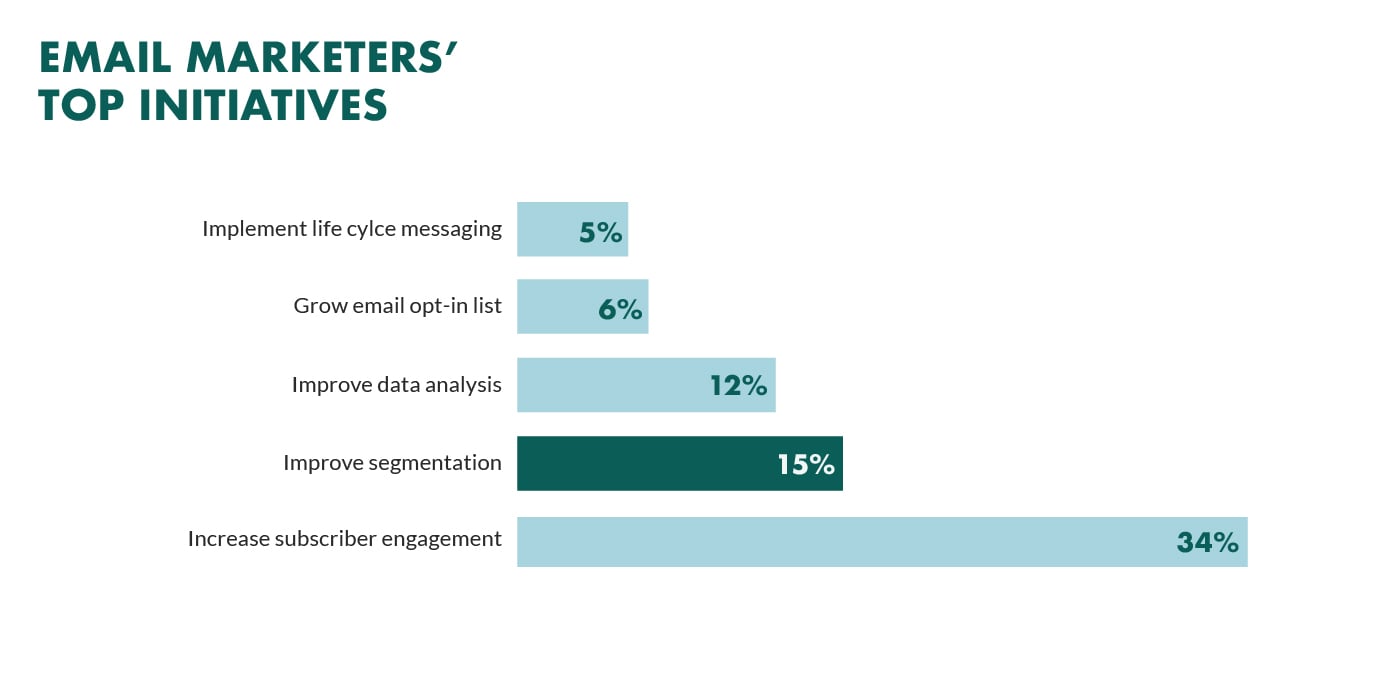
Credit: www.superoffice.com
Future Trends In Email Marketing
Email marketing continues to evolve with new technologies and trends. Staying updated on these trends can help improve your email campaigns. Let’s explore some future trends in email marketing.
Ai And Personalization
Artificial Intelligence (AI) is transforming email marketing. AI can analyze data to understand customer behavior. This helps in creating personalized content for each subscriber. Personalized emails have higher open rates. They also lead to better engagement.
AI can also automate email campaigns. This saves time and ensures timely delivery. With AI, you can send the right message at the right time. This enhances the customer experience.
Interactive Emails
Interactive emails are becoming more popular. These emails allow users to engage without leaving their inbox. Features like surveys, polls, and quizzes can be included. Interactive content keeps subscribers engaged. It also makes emails more memorable.
Interactive emails can also include shopping features. Users can browse products and make purchases directly from the email. This provides a seamless shopping experience. It also increases conversion rates.
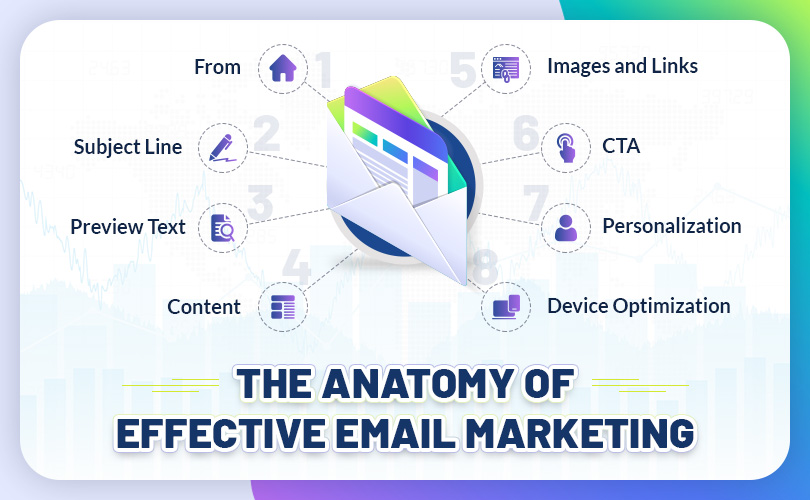
Credit: www.cibirix.com
Frequently Asked Questions
What Is Email Marketing?
Email marketing is a strategy to promote products or services through emails. It helps build relationships with potential customers.
How To Build An Email List?
To build an email list, use sign-up forms on your website. Offer incentives like discounts or free resources to attract subscribers.
What Makes A Good Email Subject Line?
A good email subject line is short, catchy, and relevant. It should grab attention and encourage the recipient to open the email.
How Often Should I Send Marketing Emails?
Send marketing emails regularly but avoid overwhelming your subscribers. A common frequency is once a week or bi-weekly.
Conclusion
Effective email marketing requires clear goals and a targeted audience. Use engaging content to capture interest. Personalize messages to build trust. Analyze your campaigns to improve results. Stay consistent and patient. Quality over quantity always matters. Follow these tips for a successful email marketing strategy.
Happy emailing!
